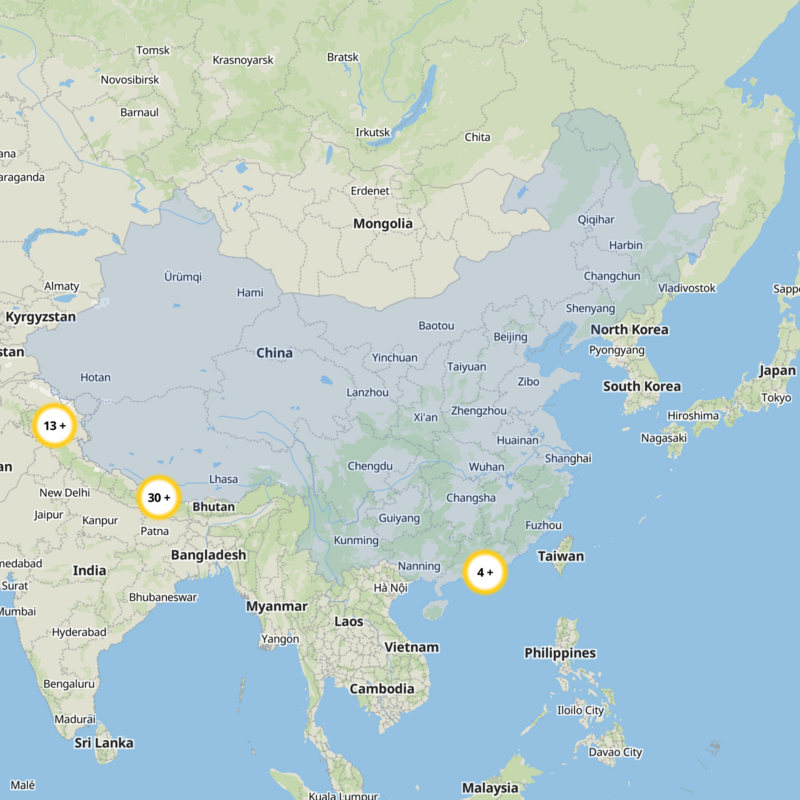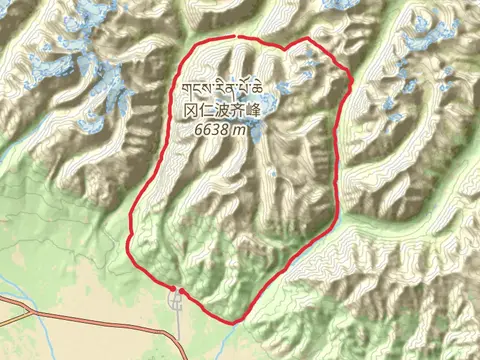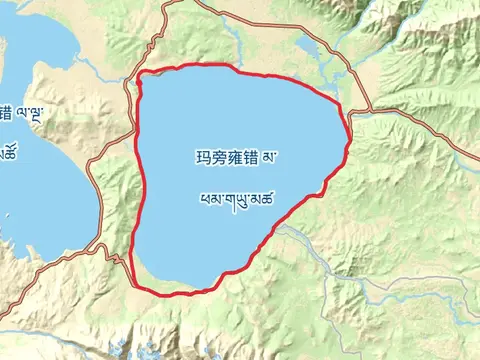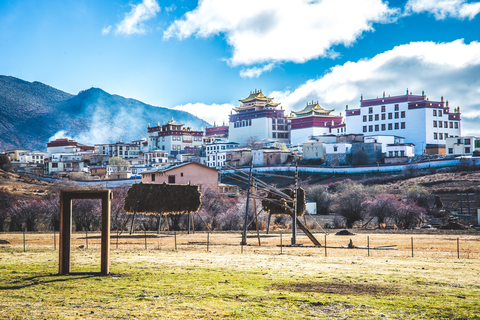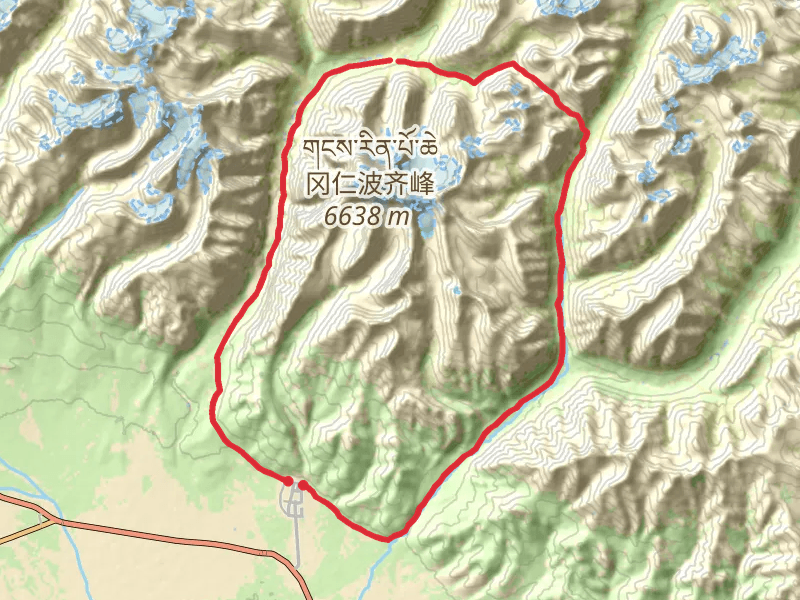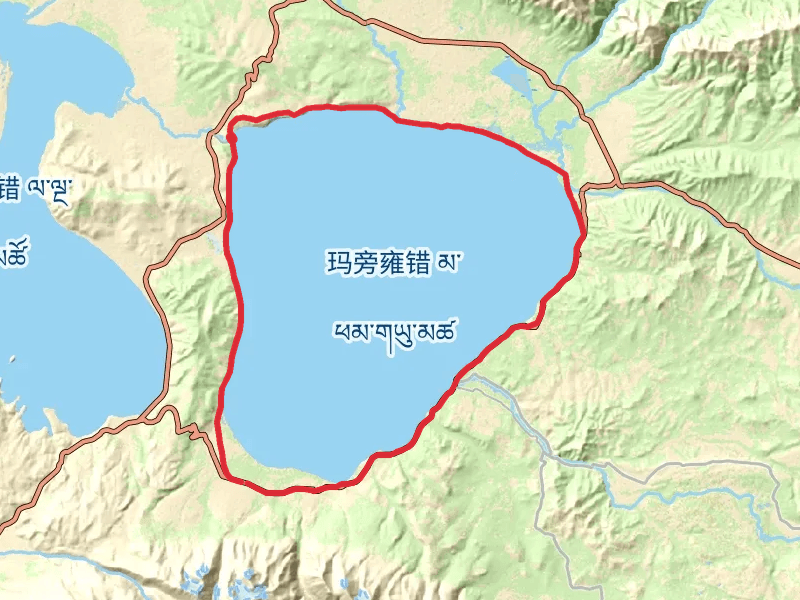"Discover China's mesmerizing trails, where breathtaking landscapes and vibrant culture create an unforgettable adventure."
Embark on an unforgettable journey through China's diverse landscapes, where every trail tells a story. From the mystical peaks of Zhangjiajie, inspiring the floating mountains of Pandora, to the sacred paths of Mount Hua, offering thrilling cliffside walks, China's trails promise awe and adventure. Wander through the lush rice terraces of Longsheng or the serene beauty of Jiuzhaigou's turquoise lakes. Each step unveils ancient history, vibrant culture, and breathtaking vistas, inviting hikers to explore and discover.
Most popular hikes
FAQs about hiking in China






